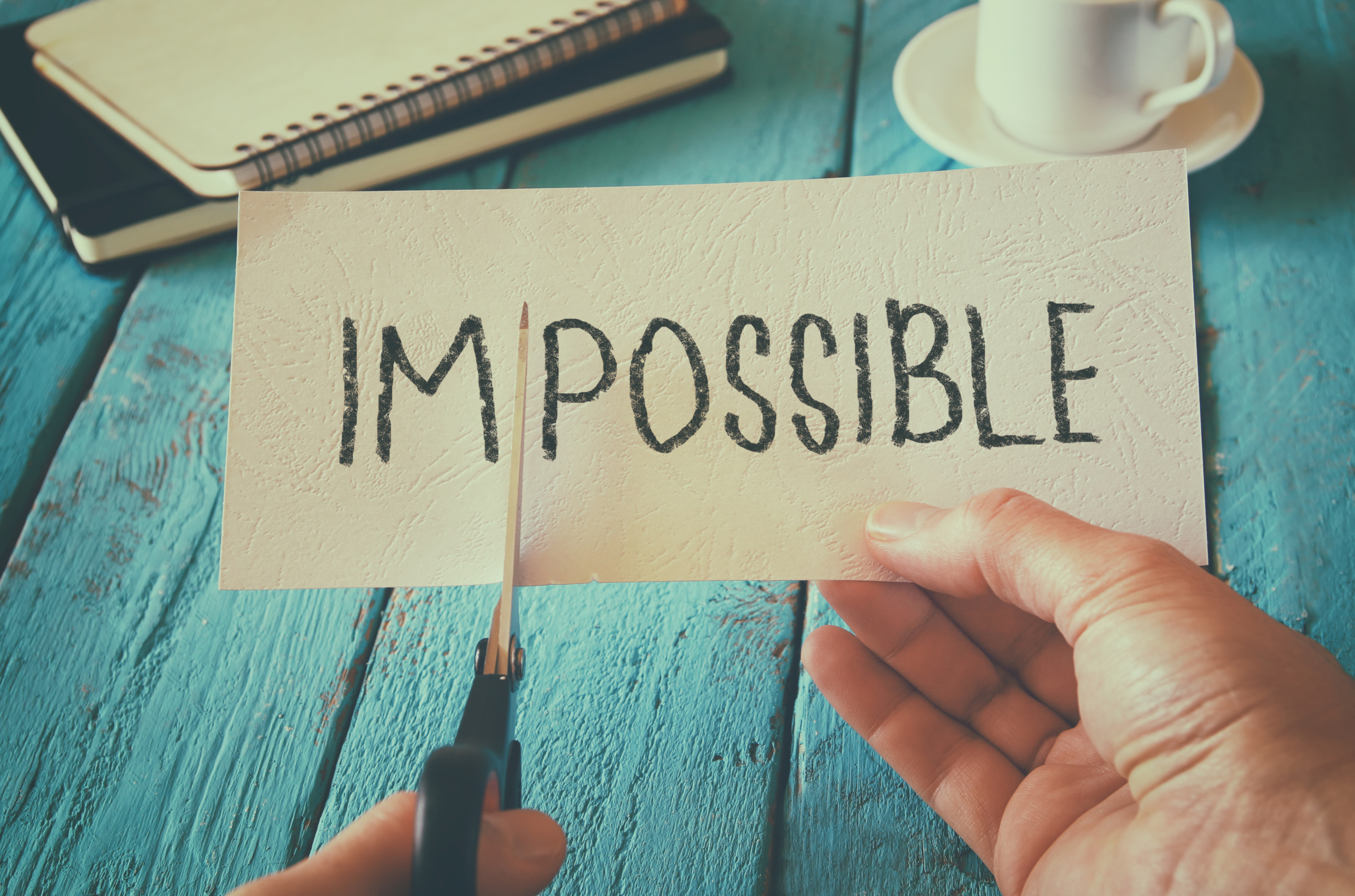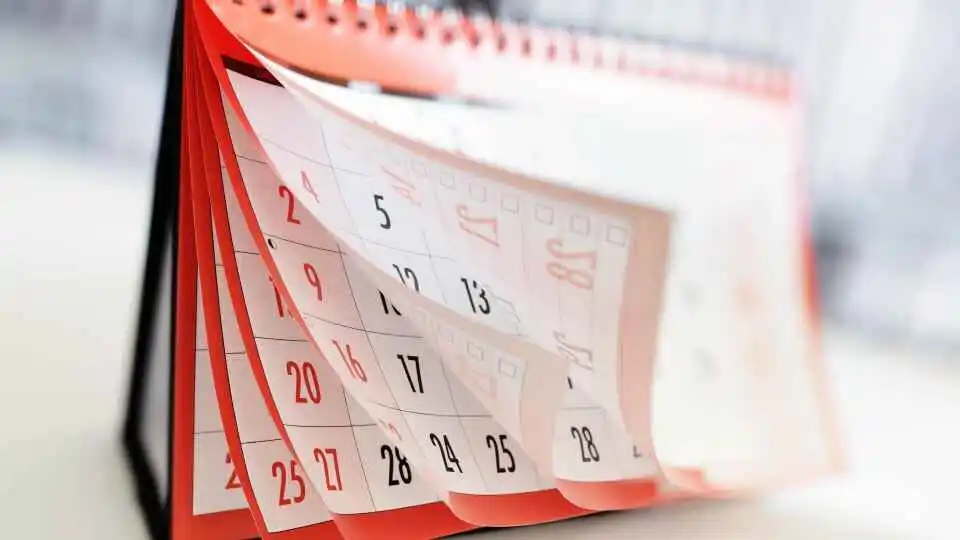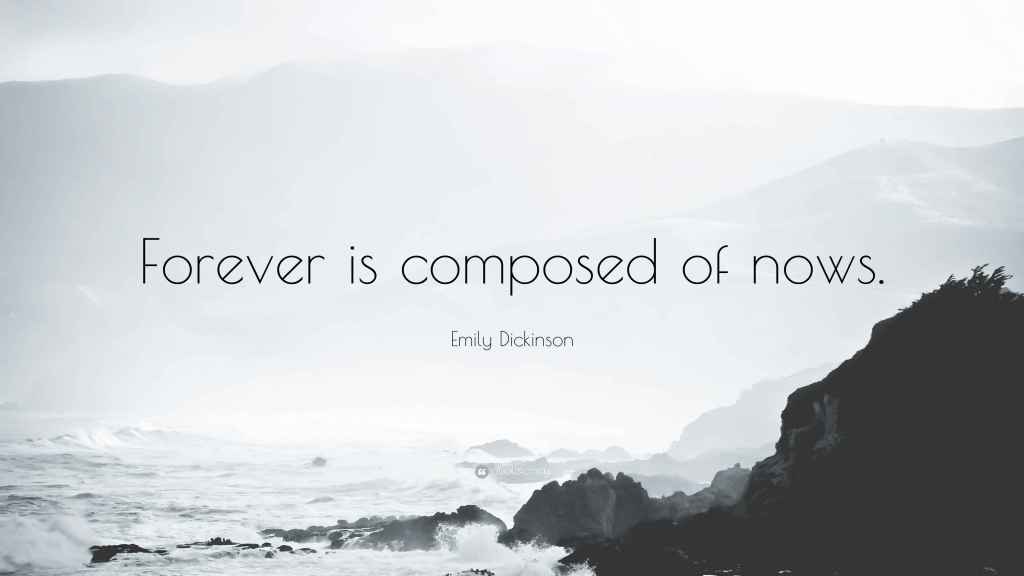
It’s that time of year again. We’re inundated with ideas for setting goals for the New Year. What will you accomplish?
Will you write that novel? Lose those 10 pounds? Run a 5K? Declutter your house? Learn French? Be more patient with your kids?
The pressure is on.
Here’s an idea. What if you just scrapped the goals and resolutions for 2024?
What if, instead, you did a year-in-review? Kind of like what companies ask of their employees.
But here’s the catch: Your write-up may only include what you DID accomplish–no matter how small.
That’s right, NO bashing yourself for what you didn’t get done, improve, gain, orchestrate, or start.
Review your accomplishments month by month. Chances are, by the time you finish, those “small” things won’t seem so small.

This idea was inspired from my youngest daughter. Several years ago, when I complained about how I hadn’t completed my TO Do list, (for the umpteenth time) Audrey suggested that I start keeping an I DID list.
“I think you’ll feel a lot better, Mom.” (Did I mention I have brilliant children?)
While I have not been able to scrap the TO DO list, I’ve adopted this practice in other areas of my life. After a string of writing rejections, I might look at my list of publications to remind myself that I’m not a failure.
Maybe you’re thinking: But shouldn’t I be trying to get better at _________?
I hear you. Self-improvement has become a religion. And I admit to being a faithful member of the tribe.

But for the time being, I going to put a hold on reminders of where I am lacking. Every day we’re fed messages that we aren’t good enough. Not Smart enough. Rich enough. Thin enough. Happy enough. Healthy enough. Optimistic enough. Productive enough.
In our quest to become our Best Selves, the task master often gets the best of us.

So, let’s drop the whip for the time being. Give yourself an A for everything you accomplished in 2023!
If you absolutely feel you must set a New Year’s goal, here’s a good one. Commit to bringing more joy into your life and spreading it to others.
What would that look like?
Could you make joy a daily or weekly practice? What actions would you need to take? Might you create a joy calendar?
If, in the midst of our dark and chaotic world, you can manage this singular goal, I believe your other goals will become easier to attain.
And your better self will be a happier one.
Want to JOYn me?





























